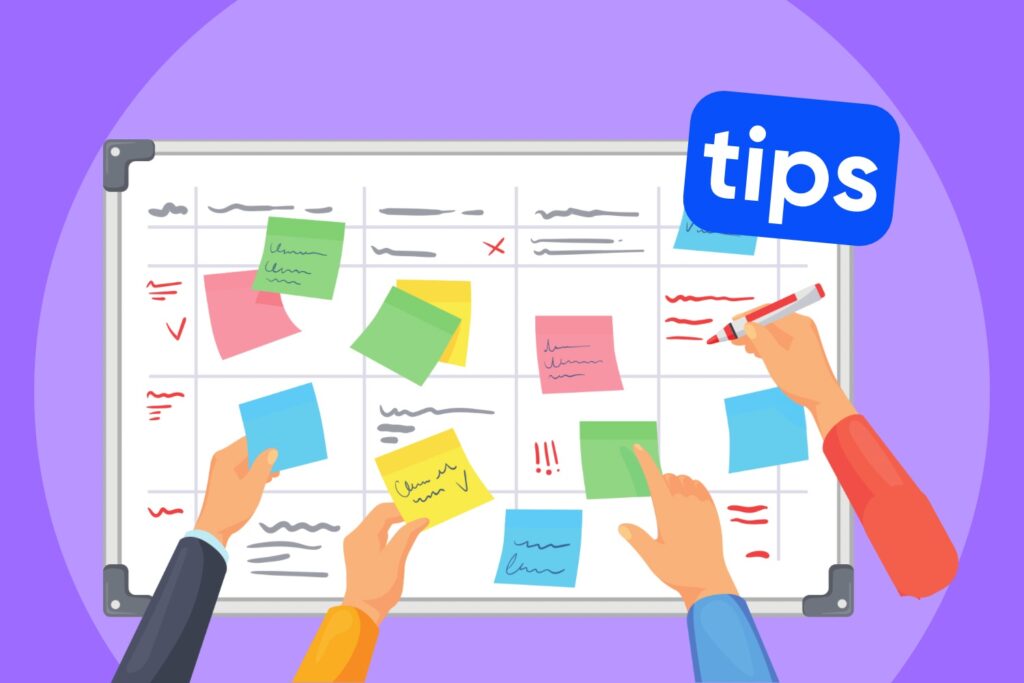ERP for Digital Agencies: How to Manage Dozens of Projects Without Chaos

Let’s be honest—most digital agencies aren’t struggling with creativity. They’re struggling with coordination. You land new clients, launch campaigns, juggle revisions, respond to Slack messages, chase deadlines—and somewhere in the middle of that whirlwind, the cracks start to show. Deadlines get missed. Files get lost. Communication breaks down. Not because people aren’t trying, but because there’s no solid structure holding it all together. That’s where ERP solutions for IT come in. They may not sound like the most exciting part of your toolset, but for fast-moving digital teams, they’re often the silent powerhouse.
From Scattered to Streamlined
Most agencies start out with patchwork systems: a project board here, a time tracker there, some spreadsheets in the cloud, a few tools nobody really uses anymore. It works—until it doesn’t.
As your team grows or takes on more complex client work, the gaps widen. Suddenly, you’re managing a dozen live projects and wondering why every Friday feels like damage control.
ERP brings all the scattered parts together. It connects the dots between planning, tracking, client communication, budgets, timelines, team schedules, and reporting. That way, no matter how many projects are in motion, everything lives in one place and everyone knows what’s next.
It’s not about micromanaging—it’s about visibility. Instead of wasting time figuring out priorities or chasing updates, your team can simply focus on getting work done.
Real-Time Visibility (Without the Micromanaging)
One of the biggest stress points in agency life is not knowing where things stand. Project managers are stuck chasing updates. Team members are swamped but unsure of what’s urgent. Clients are emailing “just checking in” every other day.
With ERP, that changes. You get real-time dashboards that show where each project stands—who’s doing what, what’s on track, and what’s falling behind. When everyone sees the same source of truth, there’s less confusion, fewer status meetings, and more ownership.
For agencies juggling internal teams, freelancers, or hybrid structures, this becomes even more valuable. You can assign work based on availability, not guesswork. You’ll know who’s overloaded and who can pick up a last-minute client request. That makes the workload more sustainable—and client relationships more dependable.
This level of control is why more agencies are turning to ERP for IT project management. It gives you flexible project structures without the overhead of scattered apps and guesswork.
Better Resource Allocation and Client Collaboration
Every project competes for time, budget, and people. And when you’re balancing multiple client accounts, that competition becomes a full-time challenge.
ERP helps you distribute resources efficiently. It becomes easier to assign the right work to the right person at the right time. You can forecast availability, plan ahead, and react fast when changes happen.
And because most ERP systems allow time tracking and performance insights, you get visibility into where time is going—and what it’s costing. It helps agencies maintain profitability without sacrificing speed or quality.
For client collaboration, ERP keeps communication centralized. You can create portals where clients view progress, approve deliverables, and give feedback. This cuts down on email chaos and prevents misalignment before it starts.
And when it’s time to report campaign outcomes or budget usage, you’re pulling from a single data source. No more piecing together updates from different people or platforms.
Structure That Supports Scale
At some point, every agency hits a limit—not because of talent, but because the process can’t scale. That’s when work starts slipping through the cracks and the team hits burnout.
ERP offers a way to scale with structure. Standardized workflows, repeatable templates, clear responsibilities—it all reduces overhead as you grow.
For smaller digital firms, this kind of structure is how they punch above their weight. In fact, ERP systems for small companies are often designed with this kind of flexibility in mind—giving smaller teams the tools they need to handle enterprise-level workloads.
Bringing in ERP also makes onboarding faster. Whether it’s new hires, freelancers, or temporary teams, everyone works within the same system. No need to build the wheel from scratch with each new project.
Final Thoughts
Digital agencies thrive on speed, flexibility, and creativity. But creativity alone doesn’t keep deadlines on track or clients happy. Structure does. And ERP brings that structure without stifling your team.
It gives you clarity, control, and confidence—even when your to-do list is bursting at the seams. With the right ERP approach, your agency can take on more, deliver better, and grow without the chaos.
If you’re feeling the pressure of juggling too many moving parts, it may be time to anchor your agency’s operations with a system built to support it.
you achieve your goals!


